A quarter of drivers (24%) are restricting their car use and one in seven (14%) is cutting back on non-fuel spending after average UK petrol prices rose to 120ppl and diesel to 122ppl at the beginning of February.
A Populus survey of 20,055 AA members shows young drivers are suffering particularly badly from the impact of higher fuel costs, with 35% of 18-24 year olds having to cut back on other areas of their spending to compensate for higher fuel costs and stay on the road. For 25-34 year olds the figure is 26%.
Overall, higher pump prices are more likely to make car owners drive less, with a fairly even 28% to 23% across the age ranges restricting their car use. Among the socio-economic groups, even the higher income groups are cutting back on travel: 20% of drivers with a higher managerial and professional background (AB) say they have made a conscious decision to travel less by car. That rises to 34% among semi-skilled and unskilled workers and state pensioners (DE).
Half of those (50%) who are diverting more of their budgets into paying for road fuel are cutting back on weekly shopping. That is largely consistent across the age ranges but rises to 60% among lower-income workers.
“We know that one in four (28%) AA members restricts the amount they spend when they refuel the car. That rises to more than 40% among less well-off drivers. An 18ppl leap in the price of petrol over the past year has meant only one thing: drivers and families having to cut back on other spending to stay on the road, mainly to get to work,” said Edmund King, the AA’s president.
“This fuel price tragedy is history repeating itself, resurrecting the motoring misery that ran from the summer of 2008 to mid 2015. Businesses will also feel the squeeze as customers spend less and the cost of deliveries soars.”





















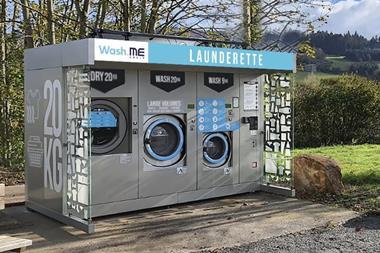
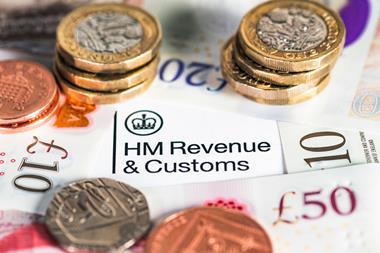
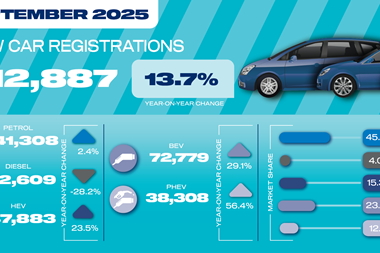

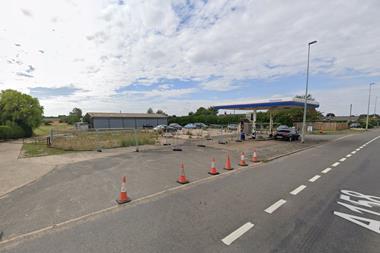
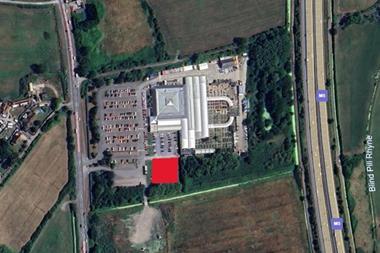

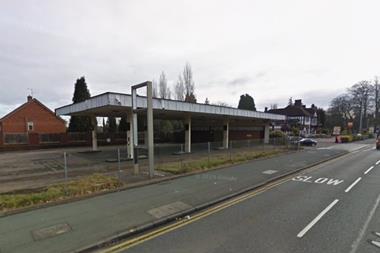
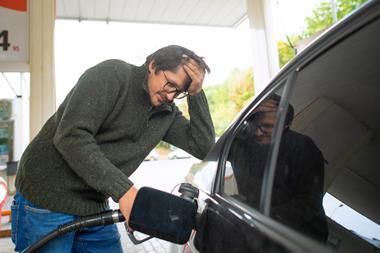

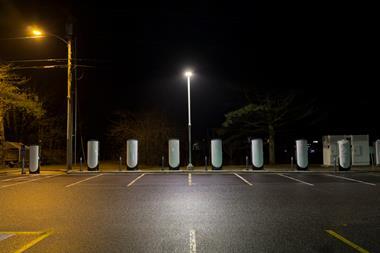
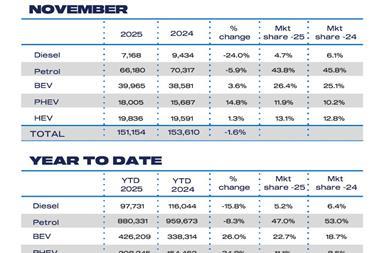
No comments yet